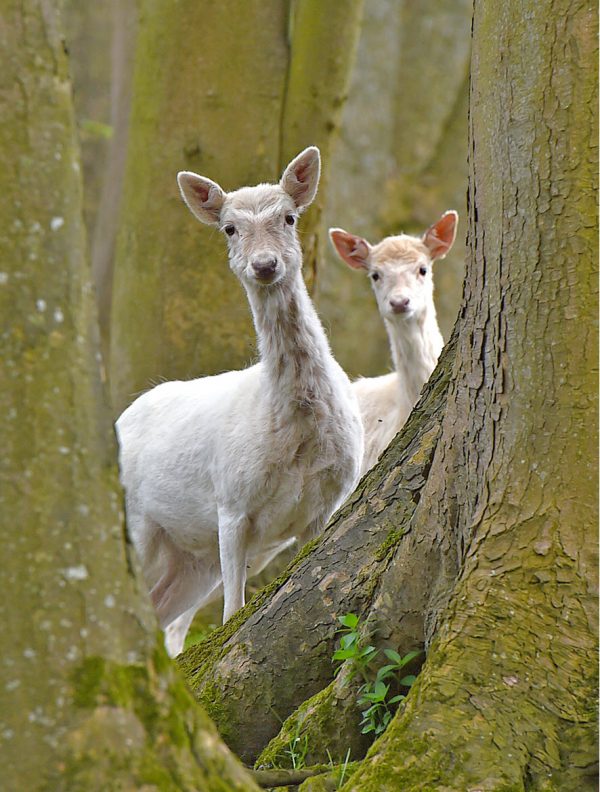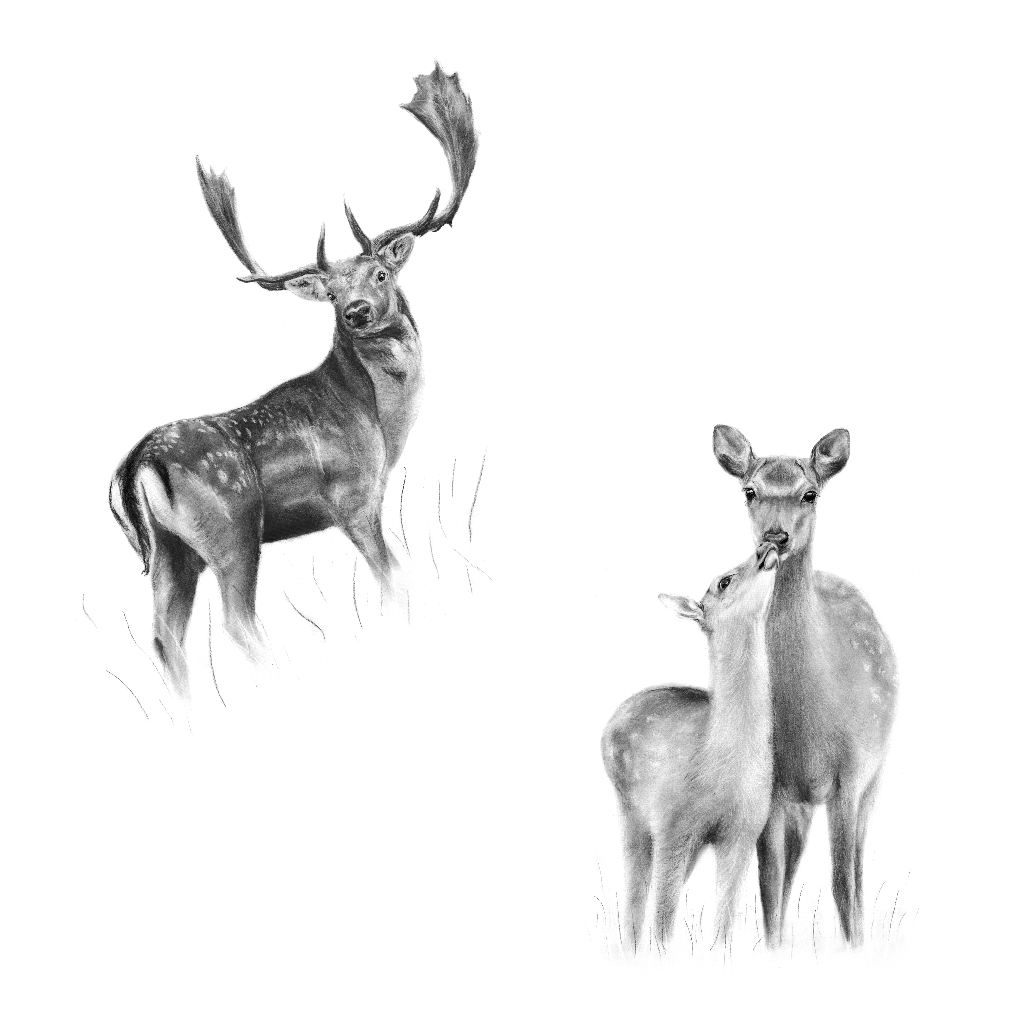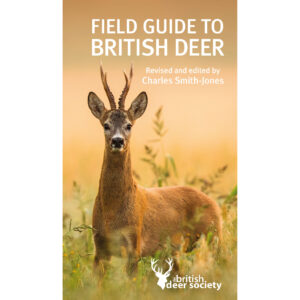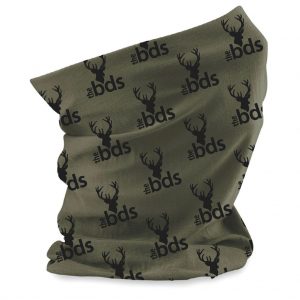How Rare Are White Deer?
Share article:
Article by:
Charles Smith-Jones, BDS Technical Advisor, British Deer Society
The British Deer Society regularly receives queries about white deer and how rare they might be.
In most cases, the white deer are usually fallow, a species that is widely distributed across much of the UK and for which white is a recognised colour variety. White fallow are not seen as often as the other three main colour types (common, menil and black), but where they are present they tend to stand out more obviously against other members of a herd or when in cover.
Fallow are unusual in that they occur in so many different colour varieties, a tendency which can be attributed to selective breeding in the deer parks where they were once kept before becoming feral in the UK.
Other UK Deer Species with White Deer
White colouration has also been noted among other deer species. White, red deer are occasionally seen in the wild, and a few exist in park herds where the genetic trend may be encouraged. White sika have been regularly observed in recent years in the Purbeck area of Dorset, and white roe also occur very occasionally.
Very often, though, these animals are not actually pure white but have coats that are simply paler than normal, or have skewbald markings (white patches on the normally coloured coat). True albino deer have also been recorded, although they are exceedingly rare.
What Causes a Deer to be White?
Fallow of the white variety are not albinos but have normal eye pigmentation, although their hooves and noses might be somewhat paler than the other colour varieties. Unusually pale coats in any deer are usually a result of under-production of melanin, the chemical responsible for skin pigmentation (over-production results in darker than normal coats). True albinos have pink eyes and a complete lack of body pigment.
If you have any further queries about white deer, please email: Info@bds.org.uk












